|
Sometimes in the course of human events (and gardening), things go downhill fast. Such is the case with perennials. They pop up all nice and fresh every spring, flower, then get attacked by powdery mildew, assorted fungi, nutrient deficiencies, insect holes, spots, lesions, etc. At the nursery, said plants become totally unsaleable and make us look like we just started the nursery business recently. It wasn't until a few years ago that I came up with a drastic solution to the "crappy-looking summer perennial" problem. To address the issue, you must make sure you cut the plant down properly. To do so, be sure to use a pair of scissors or hedge clippers to cut the plant either down to the ground if it is planted, or down to the pot if it is potted. This will ensure that the plant is not continuously putting energy towards it's damages and dead parts, rather towards new growth. This also allows the plant to release growth hormones that were stored towards the bottom of it's foliage. This process can be seen in the following photos. For reference, this is what it looks like when the plant is not cut enough. As always, consistent watering and feeding can help prevent this problem but cutting back is a normal process that we do each year, especially approaching the winter. Make sure to keep your perennials fed and hydrated after this process so it can be healthy through the summer months.
|
Winter hours-
|
Telephone(203) 261-3926
|

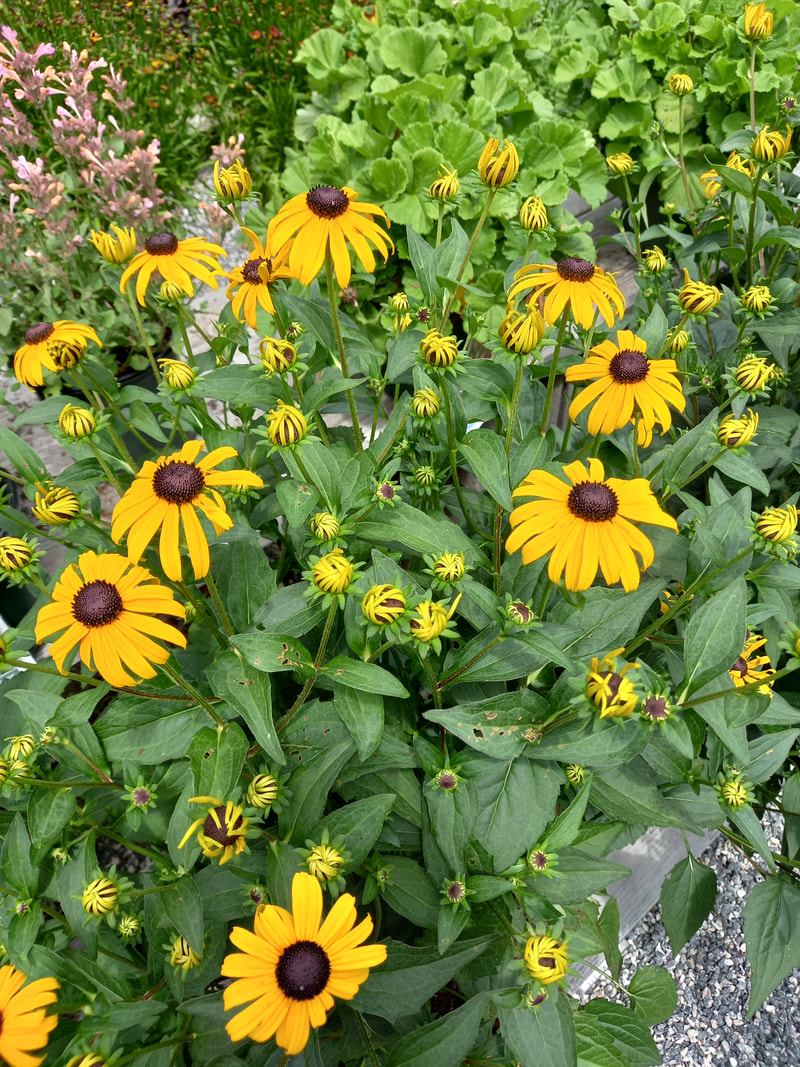
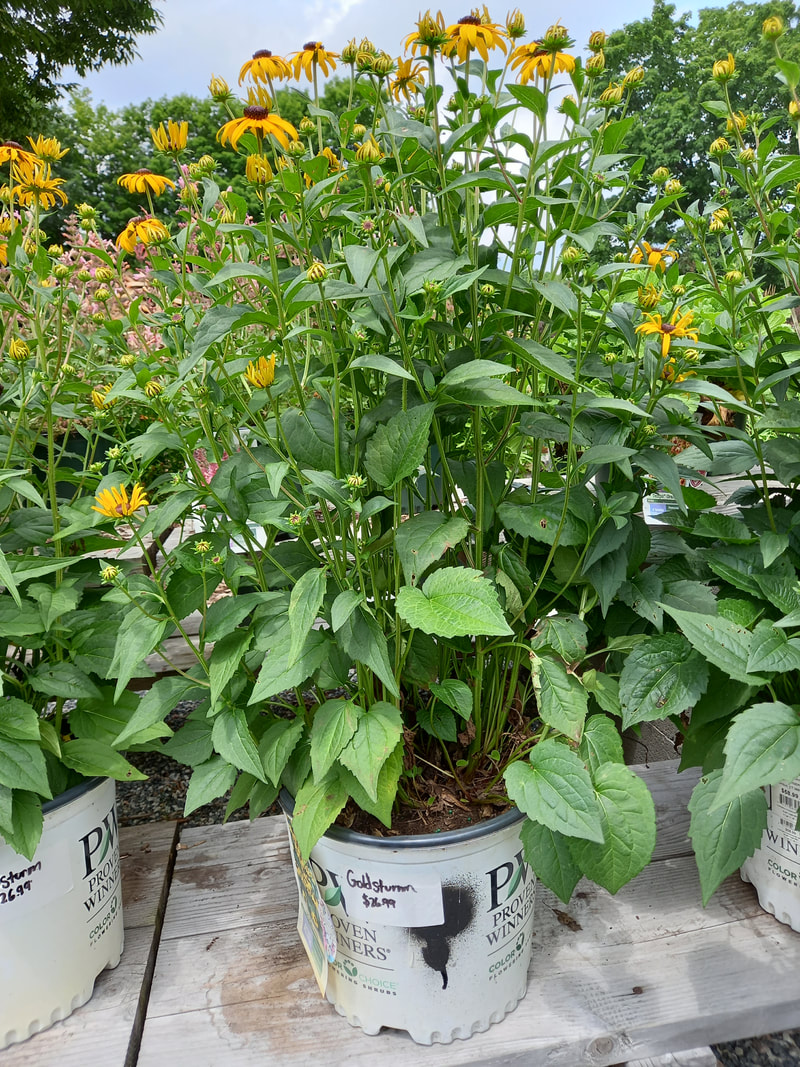
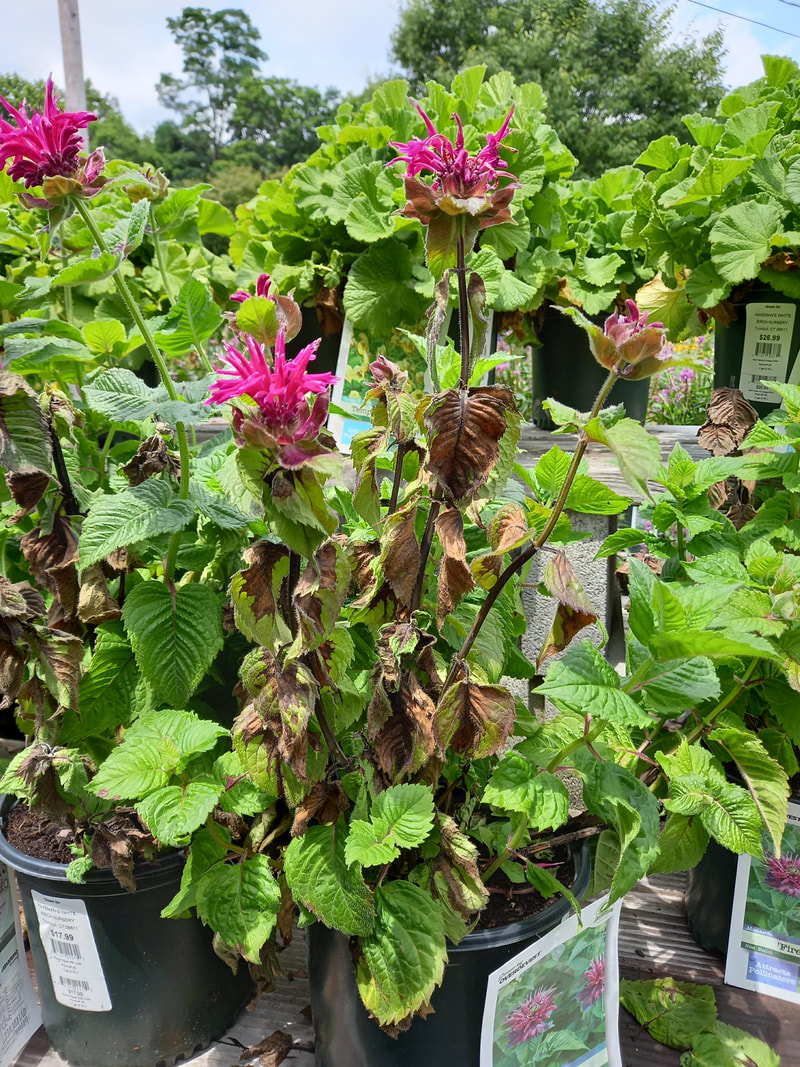
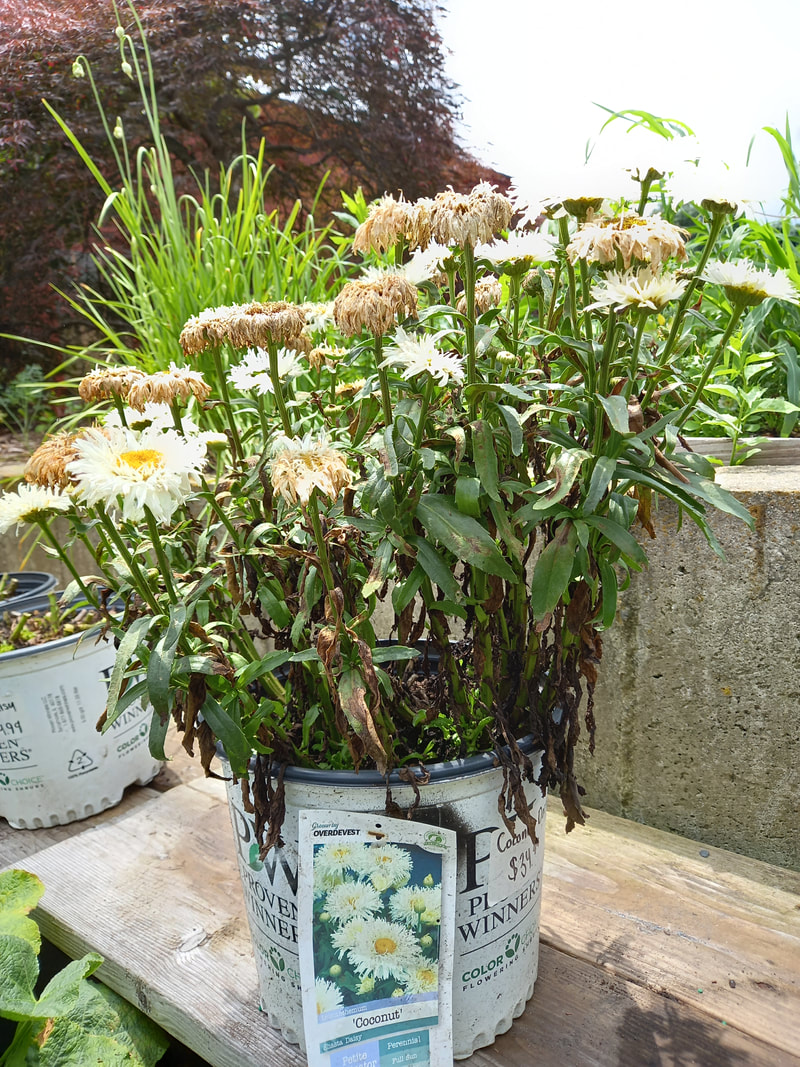
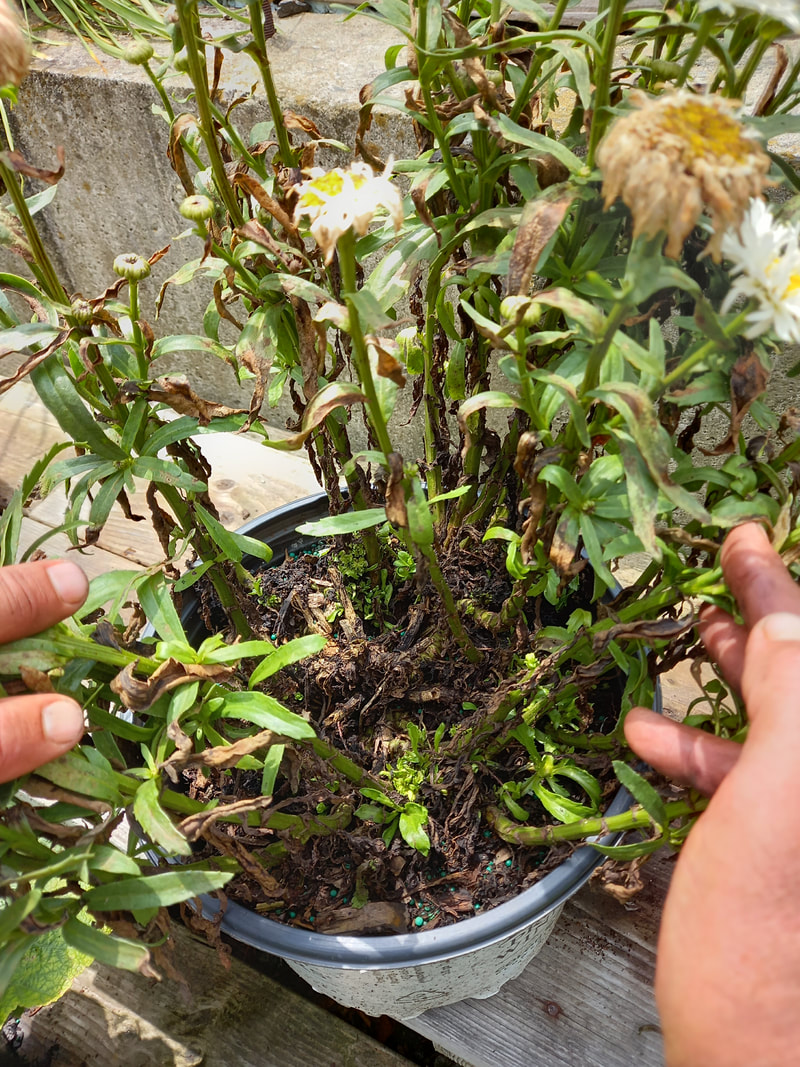
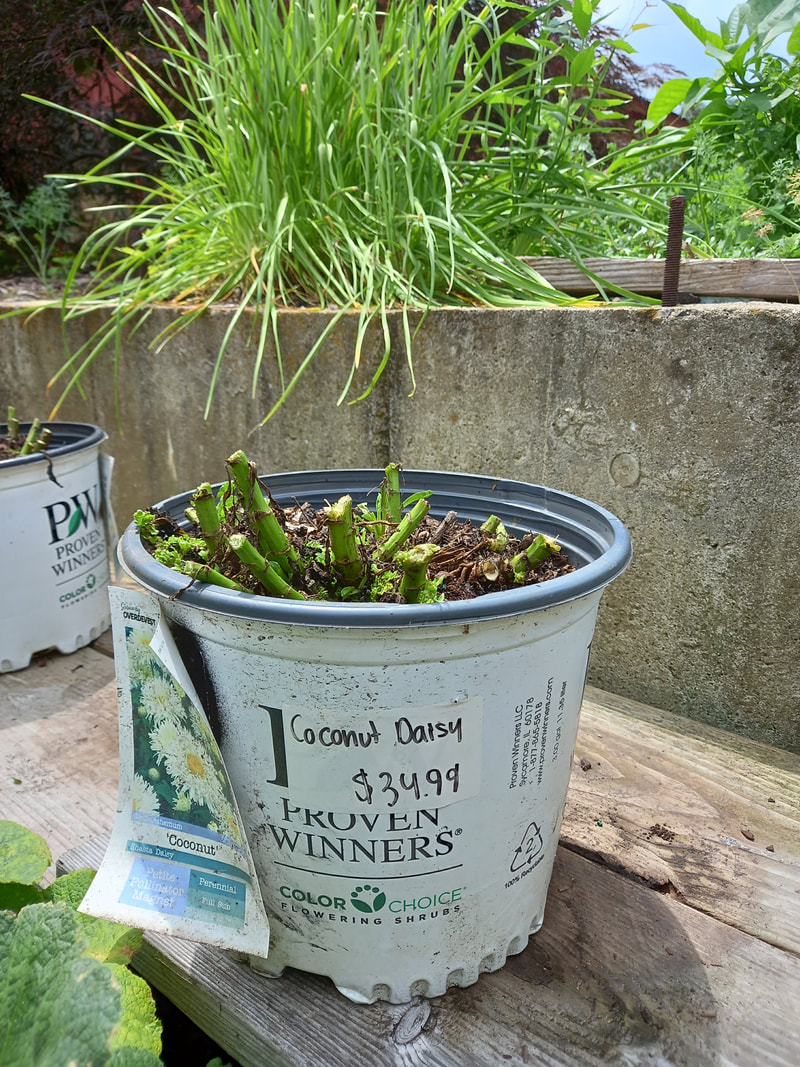
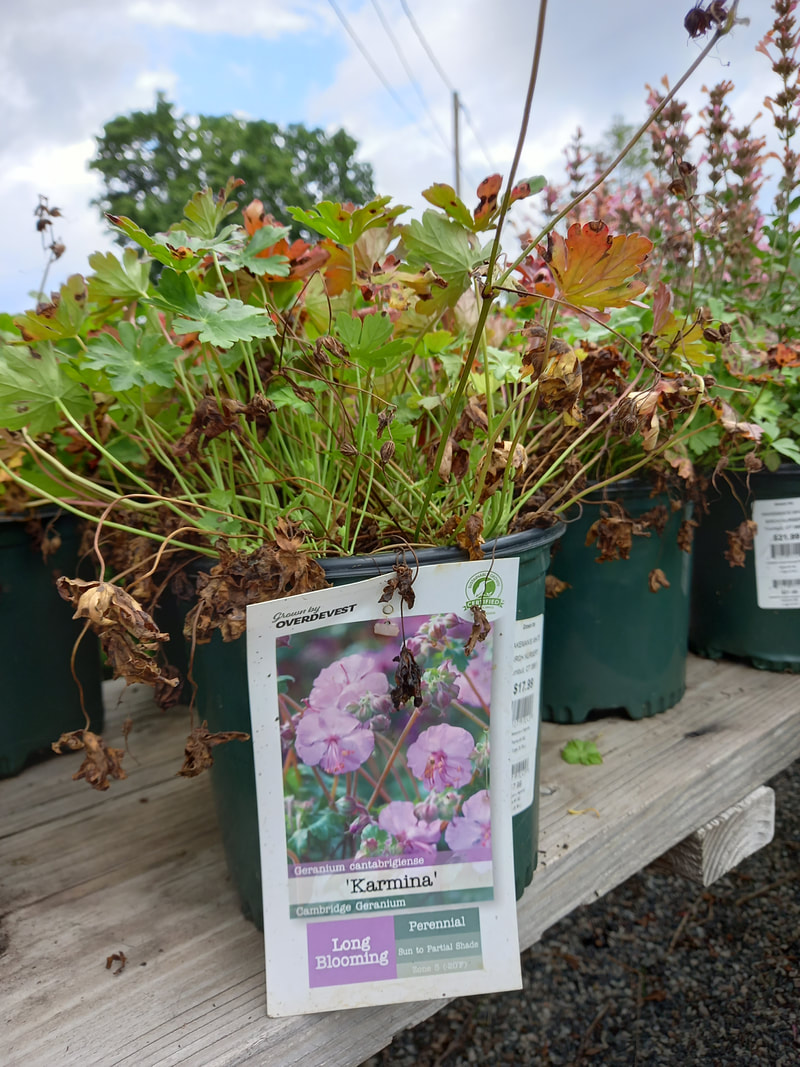
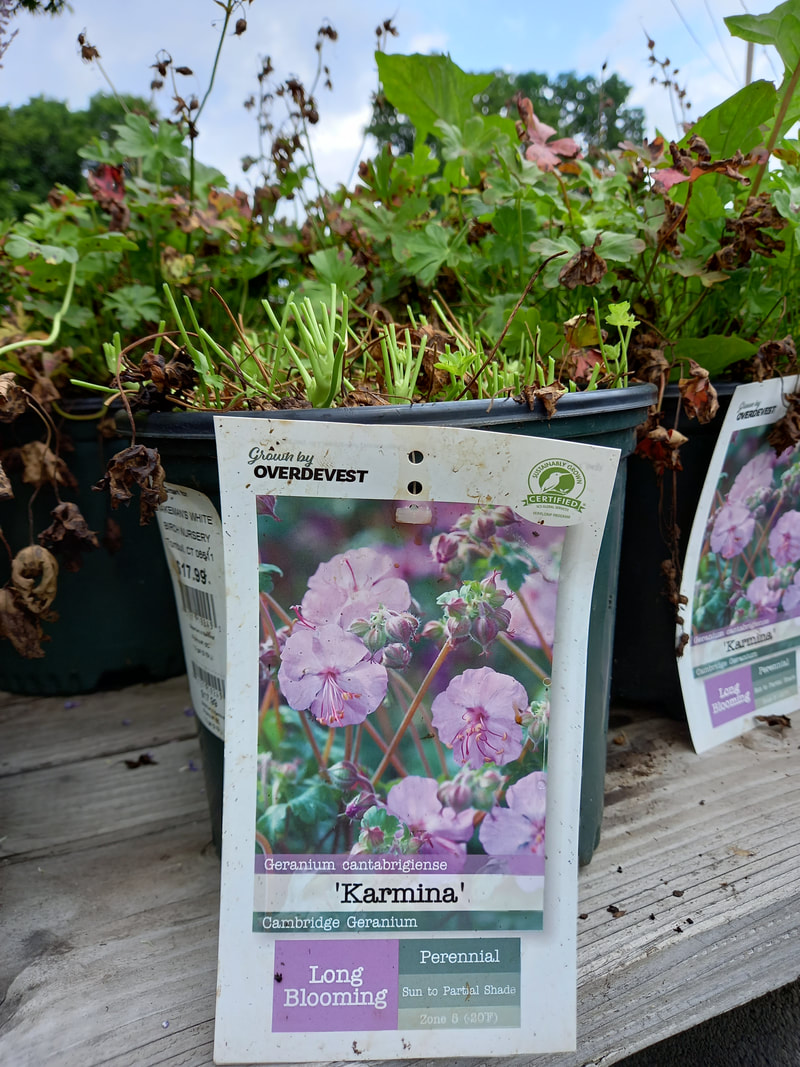
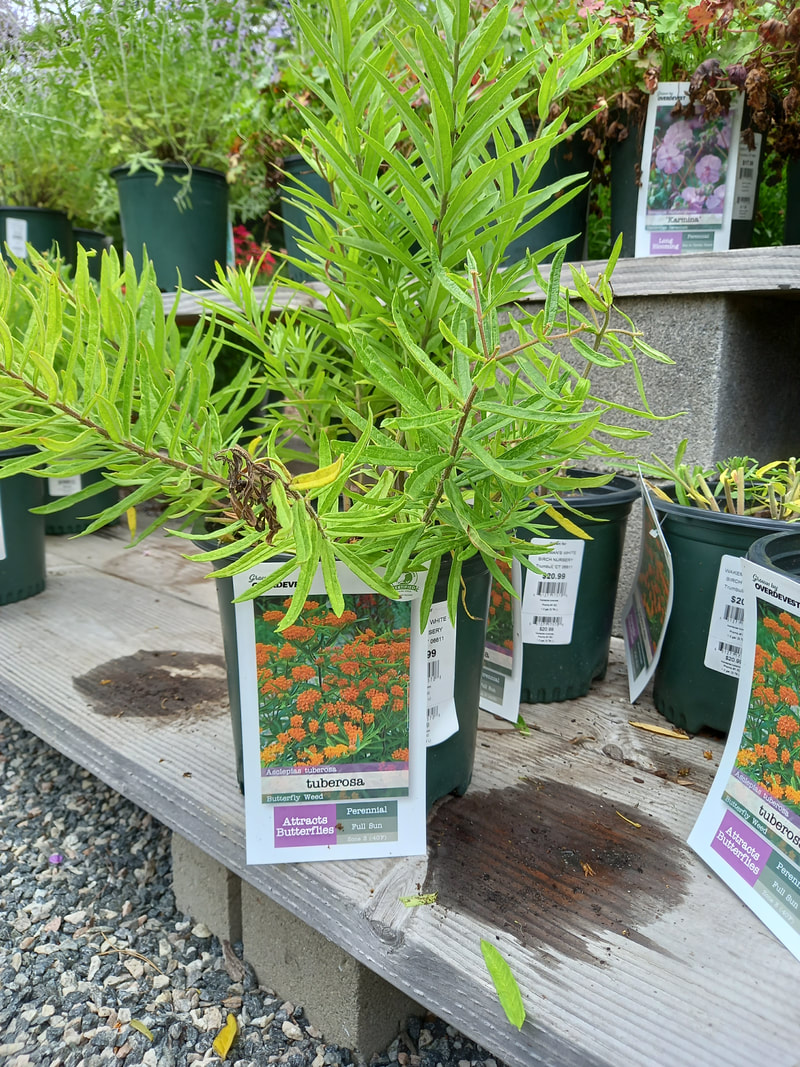
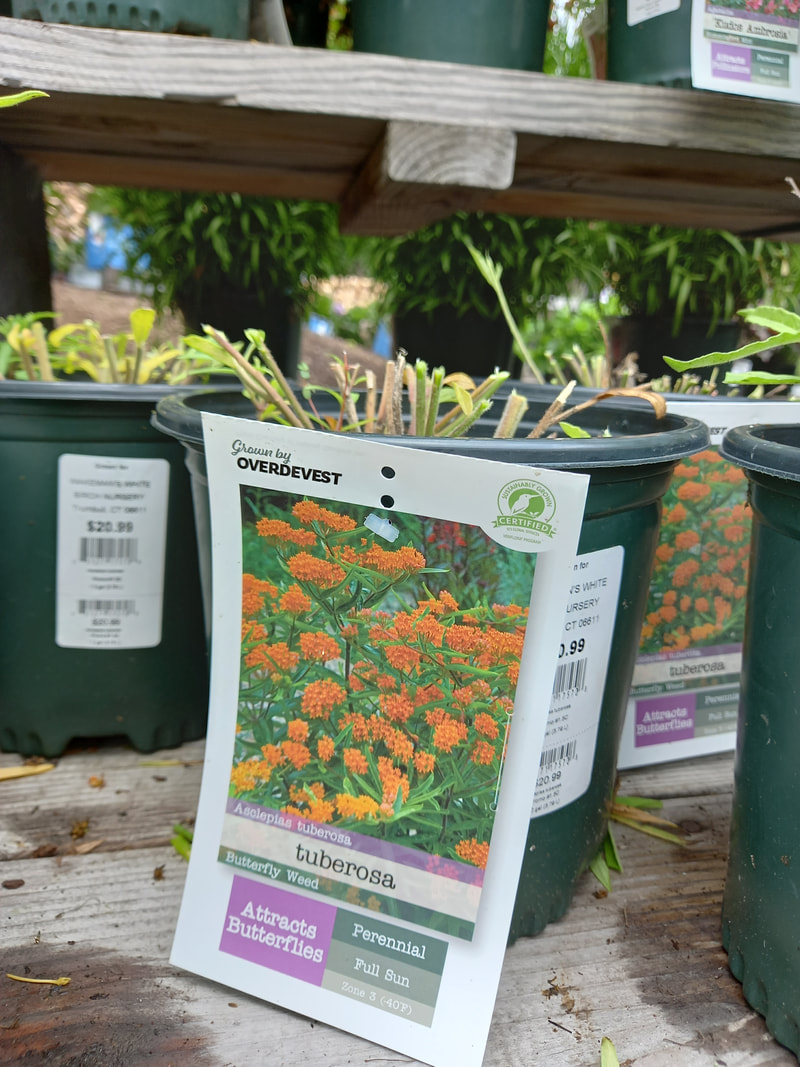
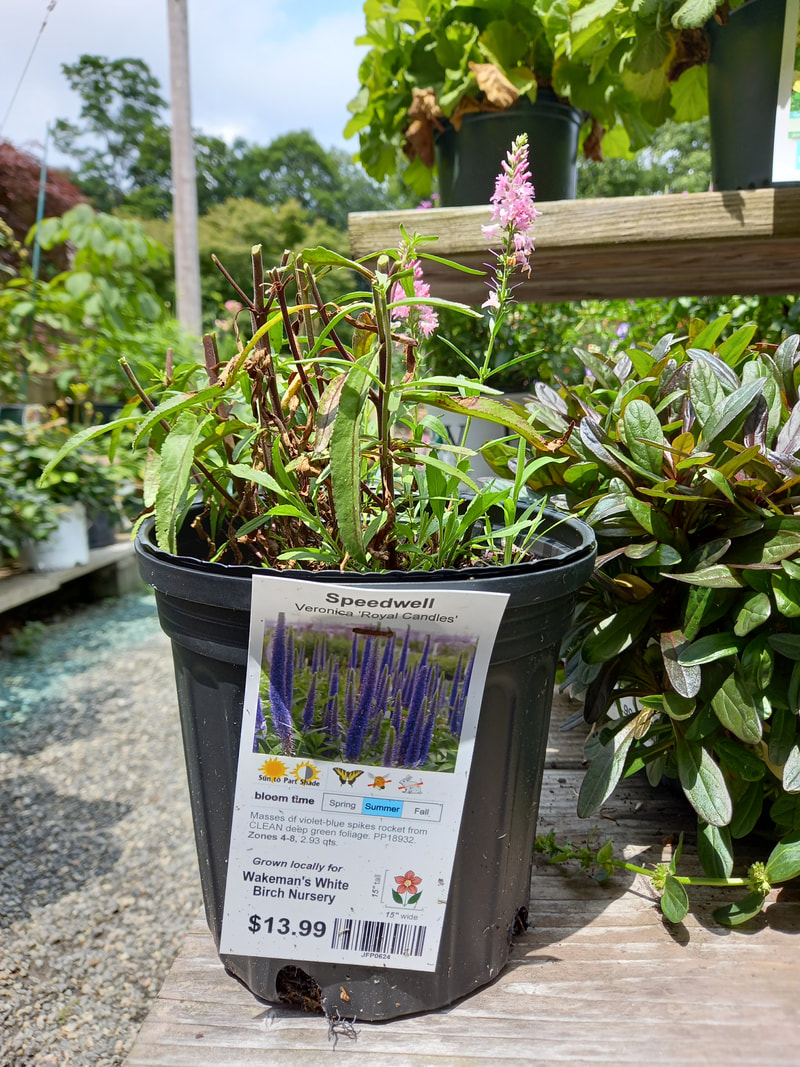
 RSS Feed
RSS Feed